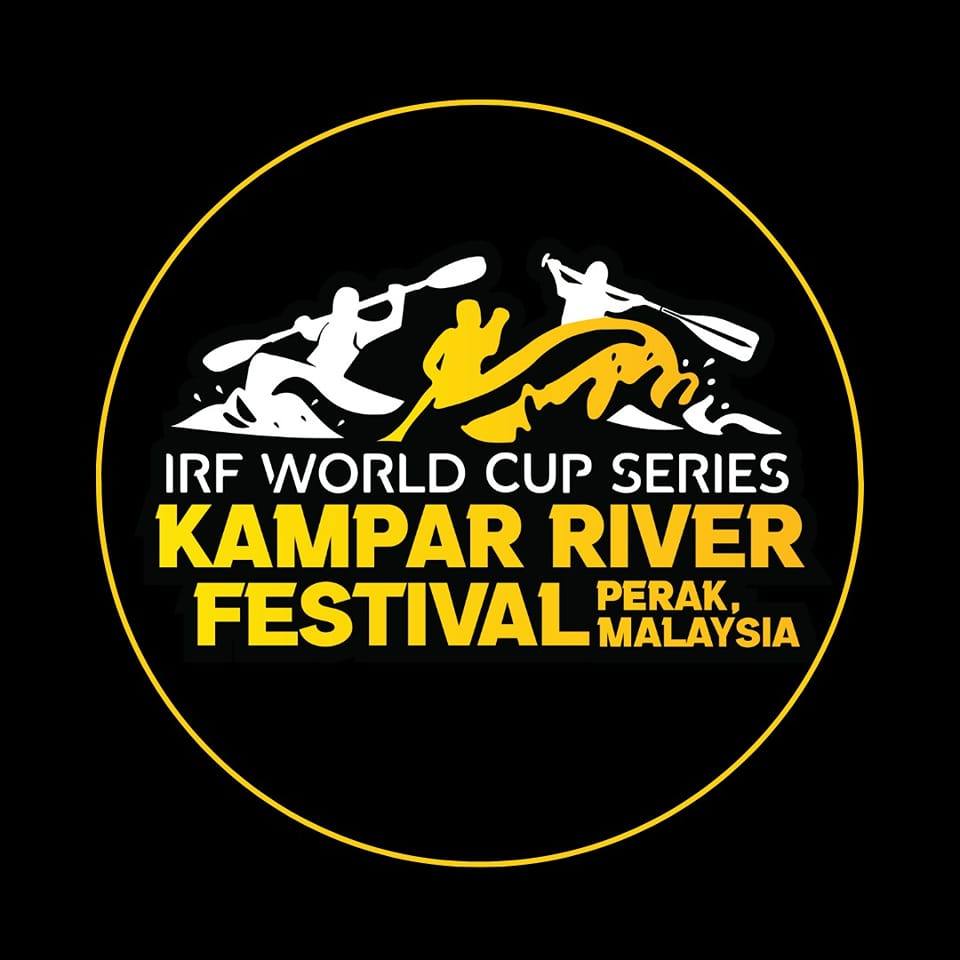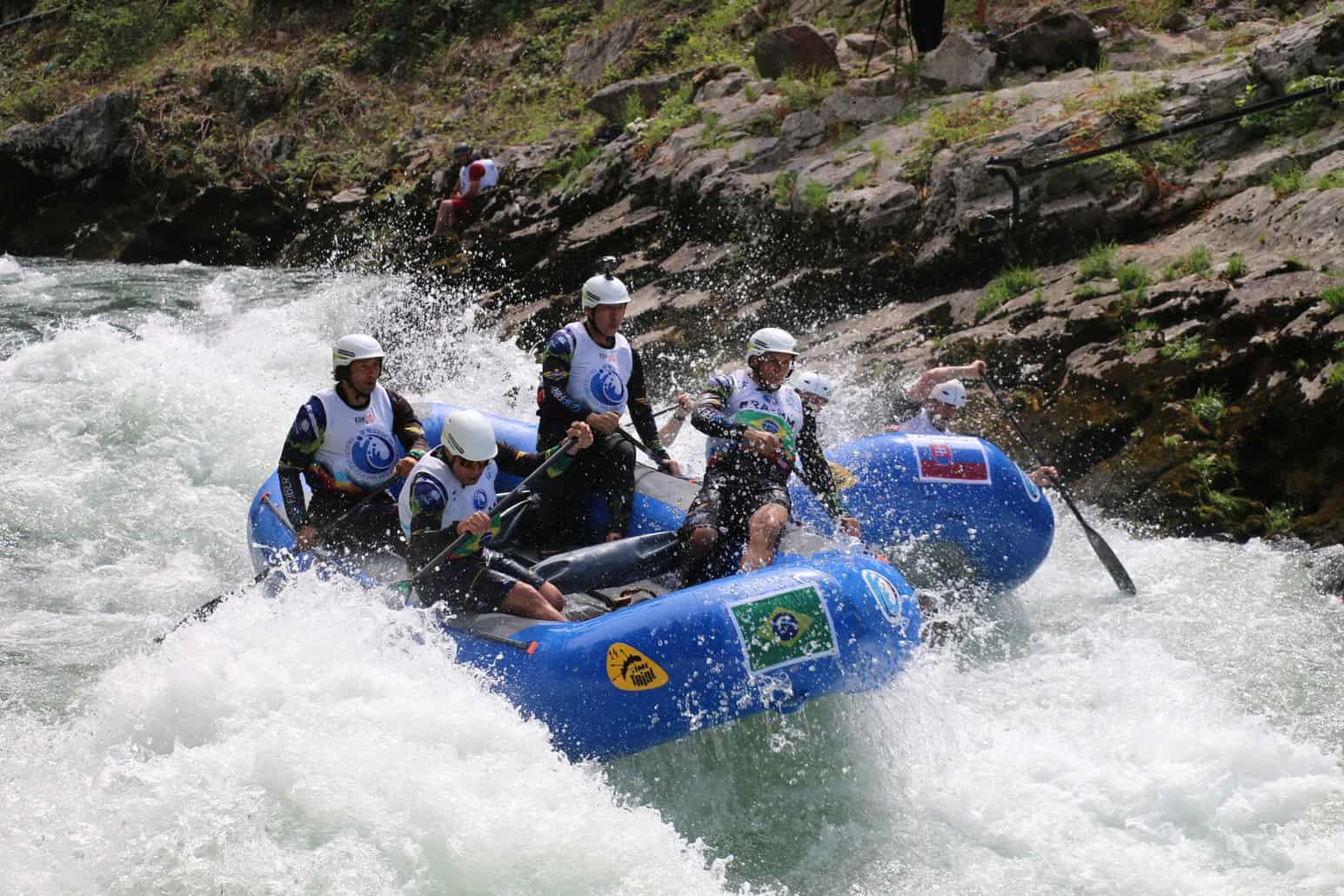Once again we go to an island for the WRC; again to the east and again R6. This time Miyoshi city is our host – located in Tokushima Prefecture, on Shikoku island, Japan. The river: the Yoshino.
If you have free time you can use the opportunity to visit some of these sights.
In any direction, the Hiuchi-nada Sea is not far from Miyoshi because the island is not too large, so in whichever direction you head, the sea will soon be reached.
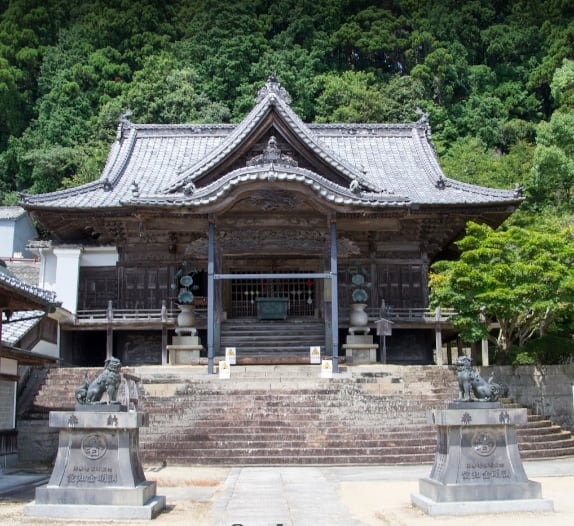 Nearest temple is Hoshuyama Hashigura Temple – It is a temple located on the mountaintop 600 meters above sea level and covered with cedar trees and cypress trees with an atmosphere of Yamadera (mountain temple). A rope-way to the mountaintop is available. (www.hashikura.or.jp) The temple is of “Shingon-Shu” denomination. “Kobodaishi” opened this temple in the 5th year of the Tencho Era (828). It is believed that he received the revelation from “Konpira Daigongen” during his training at this site and built “Shichido–Garan”and also carved the statue in God’s image himself. With over 1000 years history behind it, this is a very historic temple.
Nearest temple is Hoshuyama Hashigura Temple – It is a temple located on the mountaintop 600 meters above sea level and covered with cedar trees and cypress trees with an atmosphere of Yamadera (mountain temple). A rope-way to the mountaintop is available. (www.hashikura.or.jp) The temple is of “Shingon-Shu” denomination. “Kobodaishi” opened this temple in the 5th year of the Tencho Era (828). It is believed that he received the revelation from “Konpira Daigongen” during his training at this site and built “Shichido–Garan”and also carved the statue in God’s image himself. With over 1000 years history behind it, this is a very historic temple.
Of the 88 temples on the “Shikoku pilgrimage”, the closest to us is Unpen-ji temple, No.66 – The Temple of Hovering Clouds.
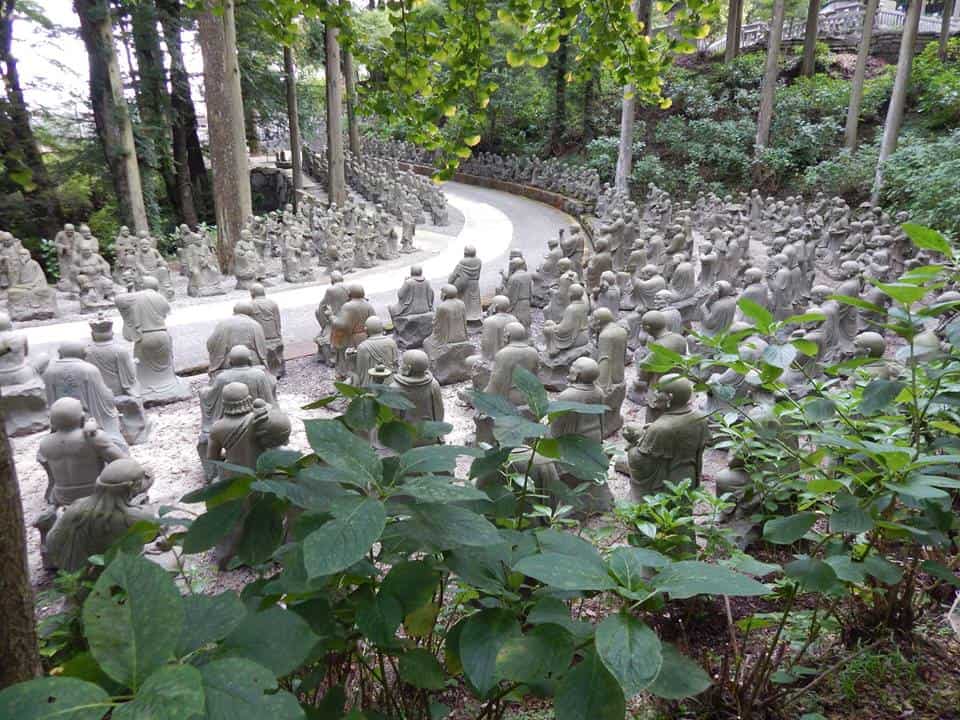 It is believed that “Kobodaishi” founded this temple. In the 8th year of the Enreki Era (789) when he was 16 years old, he climbed this mountain and built the hall. Later, by the order of Emperor Saga, another Zen priest stayed here and carved Kannon-Bosatsu with a thousand hands – it was then enshrined as this temple. This area is the checkpoint of Asanyo mountain range(rise over Tokushima, Kagawa and Ehime) and lies highest at 1000 meters above sea level among other temples. The unique feature is the 300 rakkan (arhats), which are represented in 300 unique (no two alike) stone statues.
It is believed that “Kobodaishi” founded this temple. In the 8th year of the Enreki Era (789) when he was 16 years old, he climbed this mountain and built the hall. Later, by the order of Emperor Saga, another Zen priest stayed here and carved Kannon-Bosatsu with a thousand hands – it was then enshrined as this temple. This area is the checkpoint of Asanyo mountain range(rise over Tokushima, Kagawa and Ehime) and lies highest at 1000 meters above sea level among other temples. The unique feature is the 300 rakkan (arhats), which are represented in 300 unique (no two alike) stone statues.
You can also reach this temple by the Unpenji Ropeway – at an impressive distance of 2.6 km; Span – 1.9 kilometres (1.2 mi), the longest in Japan; with an operational speed of 10 m/s it is also the fastest in Japan. The time required for a single ride is 7 minutes. More info: www.shikoku-cable.co.jp
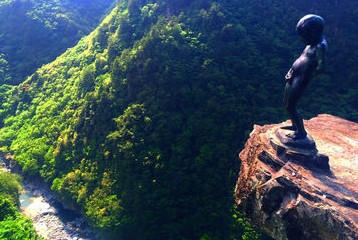
Manneken Pis (Iyakei valley) – This statue is based on an old anecdote about local children showing how brave they were by peeing from the edge of the cliff. We definitely don’t recommend this since the cliff is 200m high. Looking down from the top of the cliff, you can see the beautiful emerald blue Iya River.
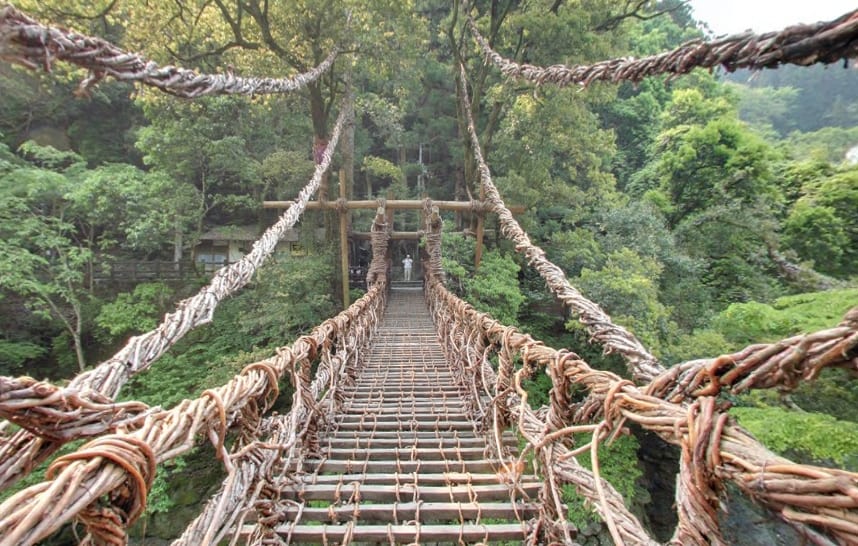 45m long is the Vine Iya Kazura Bridge. The legend behind this extraordinary bridge was started when the Heike refugees were defeated by Genji (Minamoto family) in the 1185 Gempei War. They relocated to remote areas, which included Iya Valley, as a safe place to settle down. Once there were 13 bridges spanning the valley, but only three survive today.
45m long is the Vine Iya Kazura Bridge. The legend behind this extraordinary bridge was started when the Heike refugees were defeated by Genji (Minamoto family) in the 1185 Gempei War. They relocated to remote areas, which included Iya Valley, as a safe place to settle down. Once there were 13 bridges spanning the valley, but only three survive today.
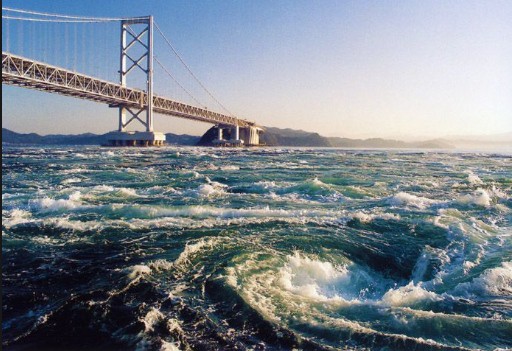
Iya Kazurabashi (祖谷葛藤橋, 祖谷かずら橋), the longest and most popular of the remaining bridges, stretches 45 m (148 ft) across the Iya River at the center of the valley. The use of the monkey kiwi vine to build the bridge was to avoid having the enemy crossing the river by allowing easy cutting of the bridge when necessary. The bridge is designated as a National and Prefectural significant folk cultural asset.
The Naruto whirlpools are tidal whirlpools in the Naruto Strait, a channel between Naruto in Tokushima and Awaji Island in Hyōgo, Japan. Many of the whirlpools can reach twenty meters in diameter, there are boats that drive to the whirlpool, and on the bridge there are places made of glass so that it can be seen from the bridge. The appearance of the whirlpool depends on the tide, so it is very important that you read this article if you want to be sure to check the schedule of the occurrence of the whirlpool: www.japan-guide.com/e/e7852.html
b>The nearest big city is Tokushima so you can just go and walk around the city ;)


